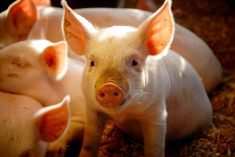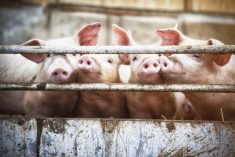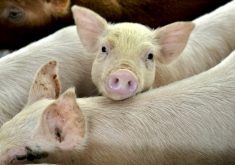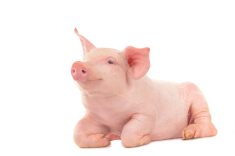The effort to contain the outbreak of porcine epidemic diarrhea (PED) seems to be working.
An investigation of 45 farms that had contact with Manitoba’s only infected hog premises to date, a weaning-to-finish operation in the southeast, have found no further infections, said acting chief veterinary officer Dr. Glen Duizer.
“We are working through all of those farms and to date we have conducted sampling on a fair chunk of them with no positive cases,” said Duizer, in a town hall conference call hosted Feb. 19 by the Manitoba Pork Council.
Read Also
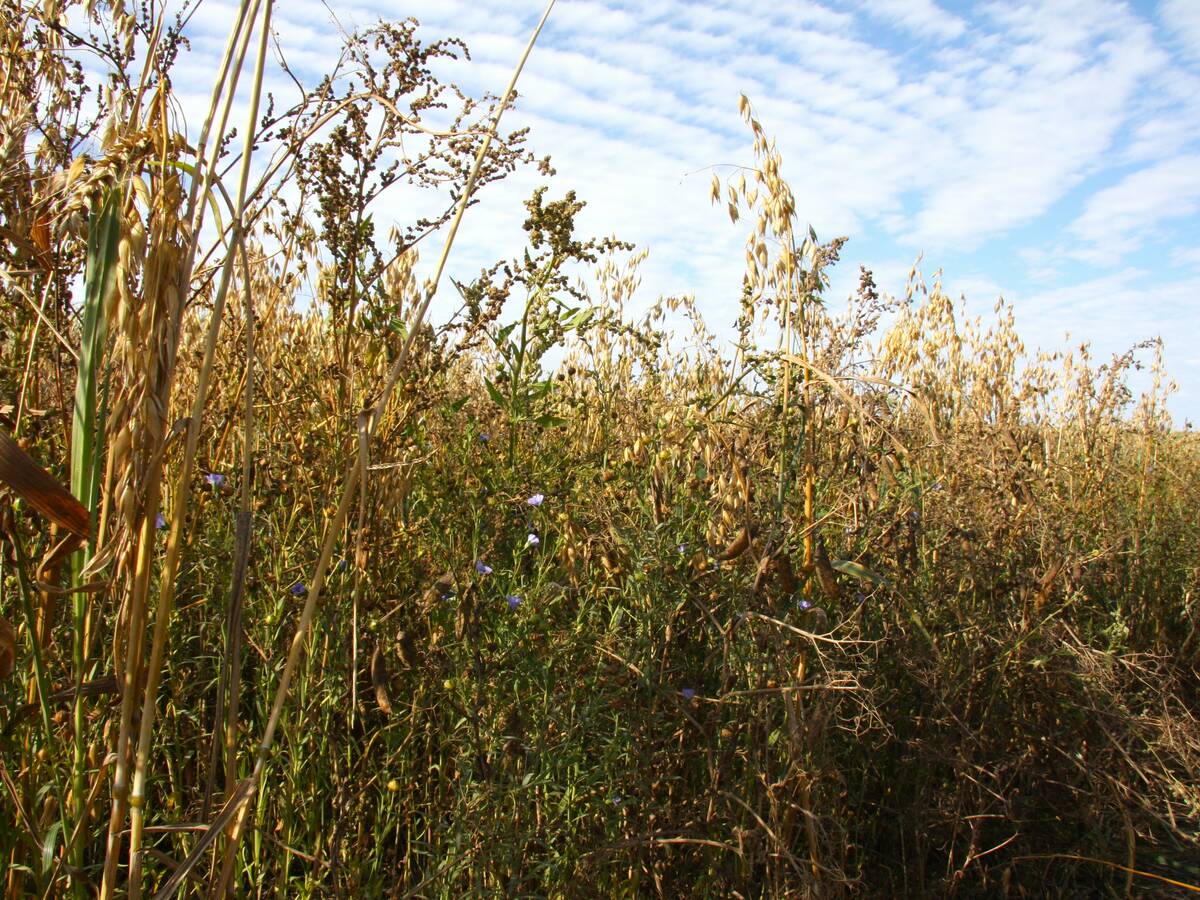
PepsiCo nearly doubles regenerative scope
Another 240,000 farm acres managed through regenerative agriculture will be supported by PepsiCo across Manitoba and Saskatchewan by the end of 2025.
The exact source of PED to the farm has not been pinpointed, however, possible entry points are being followed up, and as of Feb. 21, steps were being taken to make PED a reportable disease in Manitoba.
The Canadian Food Inspection Agency revealed Feb. 18 that live PED virus capable of infecting pigs had been found in samples of a shipment of porcine plasma-based feed ingredient sourced from the United States.
Duizer said that spray-dried porcine plasma had been used in the feed on Manitoba’s only infected farm, but he said that it was not considered the source of infection.
Dr. Doug McDougald, chair of the Canadian Swine Health Advisory Board, said that “strong epidemiology, and now bioassay” by the CFIA directly links the feed ingredient commonly used in piglet diets and the majority of the outbreaks in Ontario and P.E.I.
The product that was used in feed sold by Ontario-based Grand Valley Fortifiers was recalled on Feb. 9.
But because the first sweep of sampling after the first reported case on Jan. 22 found a positive sample at an assembly yard, McDougald said that feed supplies might not be the only source of infection.
“We don’t know if we’ve had multiple introductions of virus through this period of time or not. I doubt if we’ll ever be able to answer that,” he said.
McDougald was optimistic that an end of the outbreak may be in sight now that the primary source of infection has been identified.
Over 1,000 samples taken throughout Ontario in the past four weeks have largely turned up negative, with the exception of a handful of assembly yards, and sites that have been hauling positive pigs to slaughter. Random testing of market hog trailers and slaughter plants has been mostly negative.
“We’re on track to contain and eliminate by site and continue the focus on early detection, surveillance and biosecurity,” he said.
Nursery and finisher pigs shed the virus for seven to nine days, but sow herds can take up to 90-120 days to recover, he added.
Since the first case was reported on in late January, it has so far spread to 24 farms in Ontario, P.E.I. and Quebec.
Read for more context: CFIA testing piglet feed for PEDv infectiveness
Dr. Steve Dritz, a professor and swine specialist at Kansas State University, had warned about the risk of contaminated feed via the university’s website on Feb. 9.
He was still urging caution last week, especially for sow creep feeds and breeding stock farms.
“It certainly is up to the individual producer. I believe it would be prudent to remove porcine origin proteins from diets until we understand the magnitude of the risk better,” he said.
Pig blood-derived plasma was first identified as a potential feed ingredient by researchers at Iowa State University in the early 1990s, said Dr. Gary Cromwell, a retired professor of swine nutrition at the University of Kentucky.
Since then, the practice of using spray-dried porcine plasma in starter diets has become a global phenomenon, and the largest manufacturer in the United States is the American Protein Corporation based in Ames, Iowa.
Louis Russell, CEO of American Protein Corporation (APC), emailed that his company is committed to providing safe products for the livestock industry.
Russell wrote that the CFIA’s test results are “preliminary” and could be due to “post-processing contamination.”
“Spray-dried plasma protein has been used extensively around the world for the past 30 years. It is recognized as a critically important protein ingredient for baby pig diets,” he wrote.
Russell admitted that spray drying by itself does not kill all viruses, but stated that the commercial production process in its entirety, including collection, spray drying, and post-dry processing has been proven to inactivate even heat-stable viruses.
“Based on published research, spray drying has been shown to inactivate other viruses that are much more heat stable than is the PED virus. Therefore, if this sample of spray-dried plasma does contain infective virus, post-processing contamination is the most likely explanation,” he wrote.
However, the CFIA is continuing to test the pelleted feed.
“Testing has already determined that the plasma ingredient in the affected feed contains PED virus capable of causing disease in pigs,” said Rachael Burdman, a CFIA spokesperson Feb. 24. “To date, testing has not shown that the feed pellets are capable of causing disease. However, testing continues.”
She said that there are currently no restrictions on imports of pig plasma because they are approved products for use in pig feed.
“As the investigation continues, if further actions are needed, we will take them,” she said.


